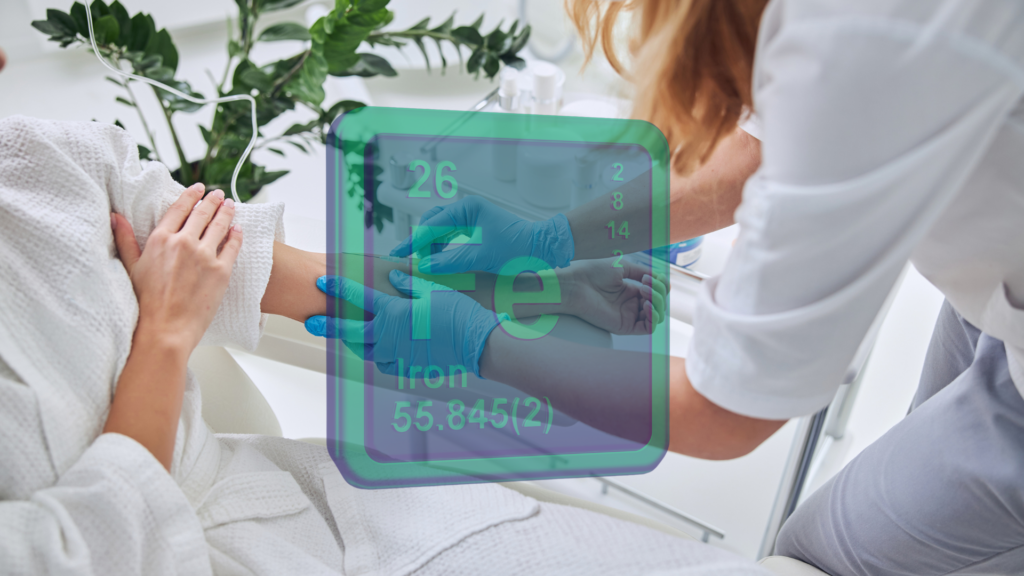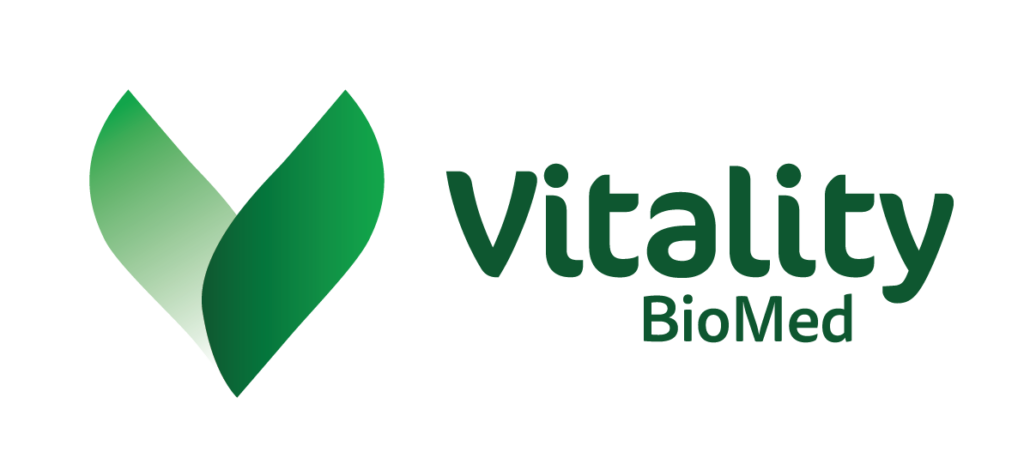Learn how IV iron raises your hemoglobin and get your energy back!

Table of Contents
Iron deficiency anemia affects millions of people worldwide, leaving them tired, weak, and struggling with daily activities. Did you know IV iron infusions can boost your hemoglobin by up to 2 g/dL in just 3 weeks? (Source) Imagine reclaiming your energy in less than a month! When your body lacks sufficient iron to produce hemoglobin—the protein in red blood cells that carries oxygen—intravenous (IV) iron therapy often becomes necessary. But how long must you wait before seeing results? This question matters to anyone undergoing treatment who wants to know when they’ll start feeling better.
Understanding IV Iron Therapy and Its Impact on Hemoglobin
IV iron therapy delivers iron directly into your bloodstream, bypassing the digestive system. This makes it an effective solution when oral supplements aren’t working or when you need to raise iron levels quickly. At Vitality BioMed, our experienced team—led by Dr. Cheryl Cooper, ND and Dr. Diana Craciunescu, MD—has seen firsthand how tailored IV iron treatments can rapidly boost hemoglobin levels (Learn more about our team).
Hemoglobin is the oxygen-carrying component of your red blood cells. Without adequate iron, your body can’t produce enough hemoglobin, leading to fatigue, weakness, and other symptoms of anemia. Restoring hemoglobin levels helps your body deliver oxygen efficiently to tissues and organs.
The central question—how quickly does IV iron increase hemoglobin—has a nuanced answer that depends on several factors.
How Quickly Does IV Iron Increase Hemoglobin? A Timeline Overview
Key Insights:
Within just 7-10 days, many patients begin to notice a lift in energy and endurance, with significant hemoglobin improvements emerging by the 2-3 week mark. According to clinical data, you can expect:
- Initial response: Hemoglobin starts increasing within 7-10 days
- Significant improvement: A noticeable increase occurs within 2-3 weeks
- Rapid response in 2-4 weeks has been observed in certain patients (Source)
- Benchmark for success: Medical standards consider a 2 g/dL increase in hemoglobin within 3 weeks to be a successful response
This timeline is considerably faster than oral iron supplementation, which can take 3-6 months to effectively treat anemia.
The Science Behind IV Iron Infusions
IV iron works faster because it delivers iron directly into your circulation. Once in your bloodstream, the iron quickly partners with transferrin, your body’s natural iron-transport protein. This powerful duo rushes to your bone marrow—the factory where red blood cells are born. Here, the iron is immediately put to work, building new hemoglobin molecules that power fresh red blood cells. Within days, these oxygen-rich cells begin circulating throughout your body, delivering vital oxygen to tissues starved by anemia.
Unlike oral iron, which has an absorption rate of only 10-20% in the intestines, IV iron bypasses this limitation and delivers nearly 100% of the dose to your system. This explains why studies consistently show IV iron produces faster and more significant increases in hemoglobin compared to oral supplements.
Factors Affecting Iron Absorption and Hemoglobin Recovery
Several factors influence how quickly your hemoglobin rises after IV iron therapy:
Severity of Iron Deficiency
The more severe your initial deficiency, the longer it may take to fully restore your levels. But you might also notice more dramatic early improvements.
Underlying Conditions
Chronic inflammation, kidney disease, and digestive disorders can slow your body’s ability to use iron effectively. These conditions may extend your recovery timeline.
Nutritional Status
Your body needs other nutrients like vitamin B12, folate, and copper to effectively use iron and build hemoglobin. Deficiencies in these nutrients can limit your response to IV iron.
Ongoing Blood Loss
If you’re still losing blood (through heavy menstruation, digestive bleeding, etc.), your hemoglobin gains may be slower or less stable.
Individual Variability in Response to IV Iron
Patient responses to IV iron therapy can vary dramatically. For example—a 40-year-old with mild anemia but no inflammation markers may see a hemoglobin jump 1.5 g/dL within just 10 days of treatment. But a 65-year-old with chronic kidney disease and ongoing inflammation, may need up to 4 weeks to achieve the same increase. Research confirms this variability, showing that while iron sucrose treatment led to an average hemoglobin increase of 3.5 g/dL, individual responses ranged widely based on:
- Genetic differences in iron metabolism
- Age (older adults may respond more slowly)
- Presence of inflammation (which can block iron utilization)
- Medications that might interact with iron metabolism
Practical Considerations and Patient Expectations
After receiving IV therapy, you should know what to expect:
Immediate Post-Infusion Period
You might not feel different right away. Some patients report improved energy within days, but for most, noticeable symptom relief takes 1-2 weeks as hemoglobin levels begin to rise.
Monitoring Your Progress
Your healthcare provider will typically schedule follow-up blood tests to check your hemoglobin and iron levels. These usually occur 2-4 weeks after treatment.
Supporting Your Recovery
To maximize your response to IV iron:
- Maintain a diet rich in iron-supporting nutrients (vitamin C, B vitamins)
- Stay hydrated
- Report any new symptoms to your healthcare provider
- Keep all follow-up appointments
At Vitality BioMed, we monitor your progress carefully and adjust treatment plans based on your individual response.
Frequently Asked Questions on IV Iron and Hemoglobin Recovery
How long will I feel better after an iron infusion?
Most patients maintain improved hemoglobin levels for 3-6 months after IV iron therapy. However, if the underlying cause of your iron deficiency persists, you may need repeated treatments.
Is IV iron better than oral iron supplements?
For many patients, yes. Studies show IV iron leads to approximately 0.65 g/dL higher hemoglobin concentrations compared to oral iron. It also works faster and causes fewer digestive side effects.
What side effects might I experience?
Common side effects include temporary discolouration at the injection site, mild headache, or joint pain. Serious reactions are rare but possible, which is why professional administration and monitoring are important.
Conclusion: Summarizing the Recovery Process and Next Steps
IV iron therapy provides a faster path to improving hemoglobin levels compared to oral supplements. Most patients see hemoglobin increases beginning within 7-10 days and significant improvements within 2-3 weeks.
But remember, your individual response depends on multiple factors including the severity of your deficiency, underlying health conditions, and your body’s unique metabolism.
Don’t let iron deficiency hold you back—our personalized IV iron therapy at Vitality BioMed can help you regain your vitality quickly. Contact our expert team today at Vitality BioMed and take the first step toward lasting wellness!
